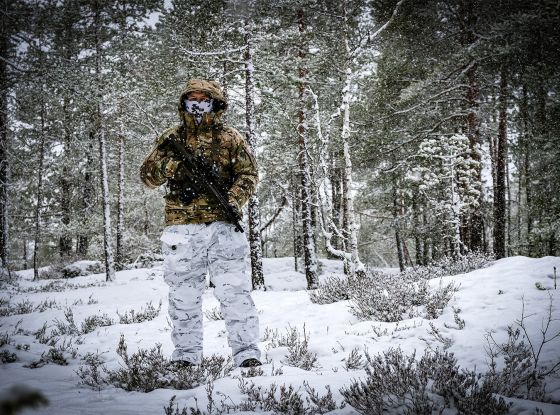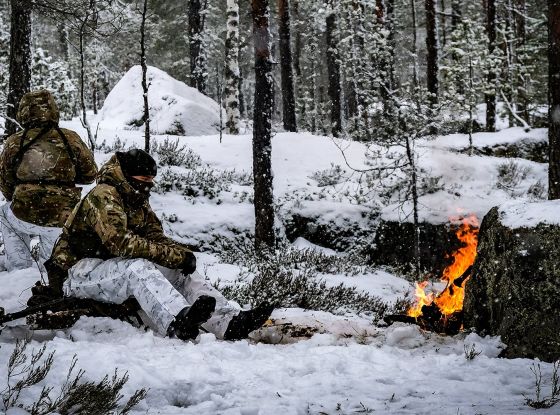In the world of close protection, ensuring the safety of a client during movement is paramount. Whether navigating through a bustling city or a quiet alleyway, the tactics employed by a protector can mean the difference between safety and danger. This blog delves into the intricacies of client movement tactics, highlighting the importance of muzzle discipline, footwork, positioning, and more. As we explore these tactics, we'll also touch upon insights from the pros, including a special feature from the "Pro's Guide to Close Protection" series.
In this blog post:
The Importance of Client Movement Tactics in Close Protection
Before diving into the specifics, it's essential to understand why client movement tactics are crucial in close protection. Moving a client from one location to another is often the most vulnerable time during a protection detail. It's during these transitions that threats can emerge, and the protector must be prepared to respond swiftly and effectively. By mastering client movement tactics, a protector can ensure that they are always in the best position to shield their client from harm.

The Foundations of Safe Movement
Two fundamental aspects of client movement are muzzle discipline and footwork.
Muzzle Discipline
Knowing the orientation of one's muzzle at all times is crucial, especially when moving with the client. A lapse in muzzle discipline can lead to accidental discharges or the inability to respond to a threat effectively. By maintaining proper muzzle discipline, a protector ensures that they are always ready to defend their client without posing an unintentional risk.
Footwork
As the primary shield between a client and any potential threat, a protector's footwork must be impeccable. Proper footwork allows for quick movement, effective positioning, and the ability to respond to changing situations. A protector must be agile, ensuring they can move their client out of harm's way while also positioning themselves to address any threats.
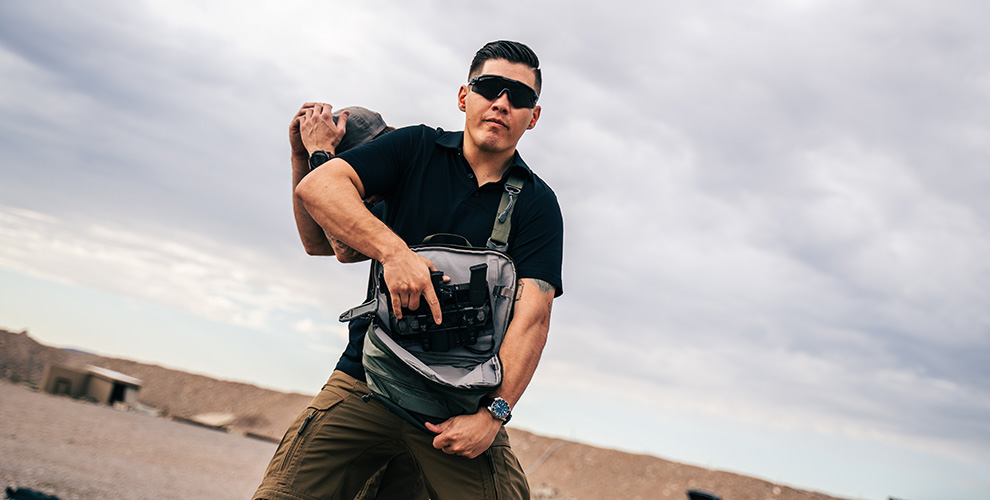
SUBSCRIBE TO UNLOCK OUR EXCLUSIVE CONTENT
Enter your email and get timely updates and relevant intel on tactical topics directly to your inbox.
You are signing up to receive updates via e-mail from which you can opt out at any time. Visit our privacy policy for more info.
The Pro's Guide to Close Protection: Episode 3 - Client Movement Tactics
Gerry from Triple Feed offers invaluable insights into client movement tactics in the third episode of the "Pro's Guide to Close Protection" series. This episode provides detailed demonstrations on the four primary shield steps and how to position oneself effectively with respect to the client.
Four Primary Shield Steps:
- 3:00 Position: Ideal for moving the client to the right or shielding them from threats coming from the right side.
- 9:00 Position: Used when moving the client to the left or defending against threats from the left.
- 8:00 Position: Effective for rearward movement or protection against threats from behind.
- 4:00 Position: Suitable for forward movement or shielding the client from front-facing threats.
These positions are essential for ensuring that a protector can effectively shield their client from all angles, regardless of the direction of movement or the source of a threat.
Avoiding Common Mistakes in Client Movement
Even seasoned professionals can make mistakes. Some of the most common errors in client movement include overstepping, understepping, and being too client-focused. Overstepping or understepping can lead to poor positioning, making it harder to protect the client effectively. Being overly client-focused can also be detrimental, as it might cause a protector to miss external threats. By being aware of these common mistakes and employing corrective strategies, protectors can enhance their effectiveness during client movement.
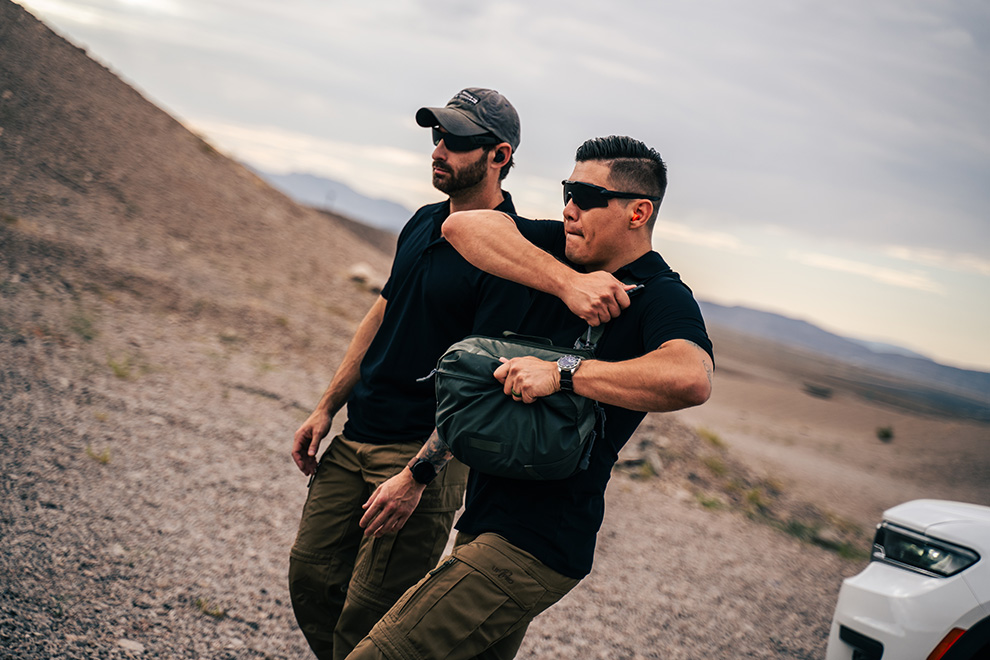
To Grip or Not to Grip?
A topic of debate among close protection professionals is hand positioning during client movement. Some schools of thought advocate for gripping the client, ensuring they can be moved quickly and decisively. Others believe in using the arm as a barrier, guiding the client without physically holding them. The best approach often depends on the specific situation and the preferences of both the protector and the client.
Close Protection Gear
In the world of close protection, the gear you wear is not just about aesthetics—it's about functionality, mobility, and ensuring the safety of your client. Tactical clothing plays a pivotal role in this, offering a blend of comfort, durability, and utility.
P-40 Classic Gen.2 Tactical Pants
The P-40 Classic Gen.2 Tactical Pants represent the pinnacle of tactical gear, offering exceptional comfort, durability, and utility. These pants excel in mobility, featuring a unique cut for unrestricted movement and secure knee protector placement. Crafted from top-notch materials, they are built to endure the demands of close protection missions. With seven spacious and easily accessible pockets, you can conveniently carry your essential gear. Plus, these pants prioritize comfort with large backside stretch panels, an anatomic fit, breathable lightweight ripstop fabric, and knee ventilation zippers, ensuring comfort all day long.
FFUrban Polo Shirt
The Urban Polo Shirt is a unique polo designed for tactical operators, offering comfort with its fast-drying 37.5™/cotton blend, lightweight construction suitable for warmer climates, and anti-odour properties for prolonged wear. Its sleek design adds versatility, making it a valuable addition to any wardrobe.
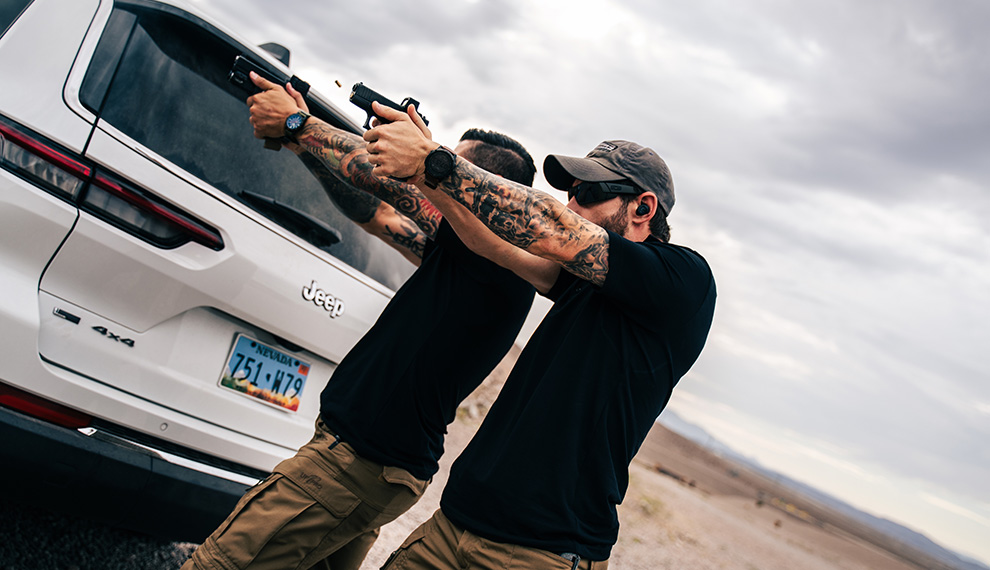
Conclusion
Mastering client movement tactics in close protection is both an art and a science. By understanding the importance of muzzle discipline, footwork, positioning, and other key aspects, protectors can ensure the safety of their clients during transitions. As the world becomes increasingly unpredictable, the demand for skilled close protection professionals will only grow. Those who invest in honing their client movement tactics will be well-positioned to meet this demand and excel in the field.


